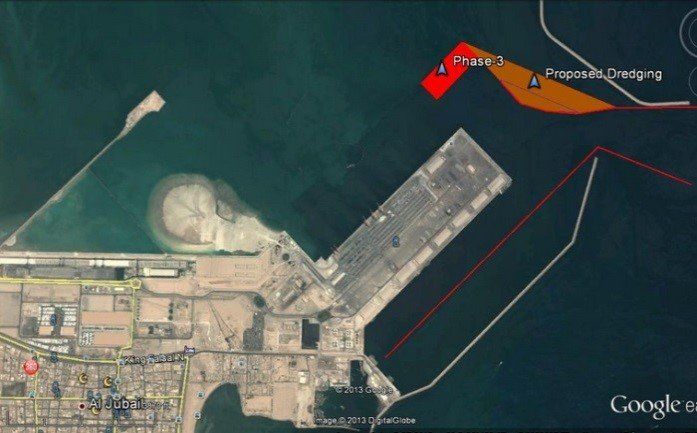Dammam and Jubail Port Master Plans
Client: SEAPA/Atkins
Year: 2012
30 year port traffic forecasts for containers and non-unitised cargoes
The Saudi Sea Ports Authority SEAPA commissioned MDS Transmodal in 2012 to provide port traffic forecasts for containers and non-unitised cargoes for the commercial ports of King Abdulaziz Port Dammam (KAPD) and Jubail Commercial Port (JCP). We were also tasked with providing an analysis of future container shipping patterns and strategies and to advise on the possible role of transhipment in the ports’ development plans.
Scope of work
The specific challenges MDS Transmodal had to address in preparing traffic forecasts included:
- Designing a model that took into account the development of the growing volume of containerised exports (mostly polymers) from the new Jubail Industrial City (JIC) immediately adjacent to Jubail Commercial Port and the Ras-al-Khair Industrial city (RIC) around 90km to the north of Jubail
- Taking into account the movement of growing volumes of empty containers between the two ports
- Developing a forecasting model that considered the impact of the Saudi Landbridge on traffic flows between the Red Sea and Gulf coasts to and from Riyadh and the KSA hinterland.
- Developed ‘with’ and ‘without’ Landbridge Forecast Scenarios.
The Solution
Traffic forecasts are developed in five stages:
- Trend based forecasts are produced using the MDS Transmodal (MDST) World Cargo Database (WCD) model.
- Identification of exceptional changes within the KSA economy and their impact on those forecasts (primarily exports).
- Identification of exogenous changes in Arabian Peninsula freight transport infrastructure (port developments, rail developments) that could affect the competitive position of Dammam/Jubail.
- Consider the specific management and volume share of traffic between Dammam and Jubail.
- Re-run steps 1-5 above taking into account different economic growth assumptions.
Items 3, 4, and 5 above primarily aim to consider container traffic. Forecasts of bulk and other traffic primarily rely on trend based forecasts produced by the WCD model and took into consideration exceptional changes in that traffic based on the plans of specific importers and exporters


